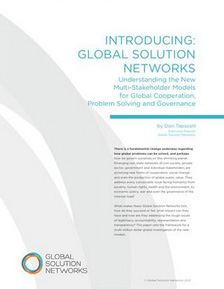My good friend and mentee Michael Furdyk has just posted an excellent brief video on the Globe and Mail website discussing how companies can reach out to the Net Generation.
I’ve worked with Michael for more than a dozen years. Our first project was the design and construction of my GrowingUpDigital.com website. Michael was the project manager, and he was 13 at the time. Michael would quickly become a star in his own right. When he was in Grade 9, he and a couple of friends launched an on-line magazine about computers called MyDesktop.com. In May 1999, when Furdyk was in Grade 11, they sold it for an undisclosed 7 or 8 figure sum.
In October of 1999, during a reunion of the Growing Up Digital contributors, Michael and colleague Jennifer Corriero envisioned an online space where kids to work together with other kids around the world to do something good. Nothing like this existed at the time. It would be “the next hangout for young people,” says Michael. “We really saw the Internet as a place for that to happen.” They called it TakingITGlobal.
This was before Facebook and MySpace. As it evolved, TakingITGlobal became an online meeting place for youth to exchange ideas about how to make the world better. It’s like Facebook – each member has her own page and can communicate with friends in the same way that Facebook communities exchange news. But instead of circulating gossip and pictures of last night’s party, they talk about doing good. (The mission is to Inspire, Inform and Involve.) “That meant it grew a little slower than Facebook and MySpace,” says Michael with a laugh.
As an adviser to the organization, I’ve watched TakingITGlobal blossom. It’s truly international; only 30% of members are from North America, and the conversation takes place in 248 languages, many of which are translated by volunteers or by on-line translators. “We see it as a pathway to action,” says Michael. It also strengthens and amplifies efforts to combat scourges like HIV/AIDS and climate change. As Jennifer and Michael explain it, they’re creating a bridge to connect people who care – the majority – with people doing something.





